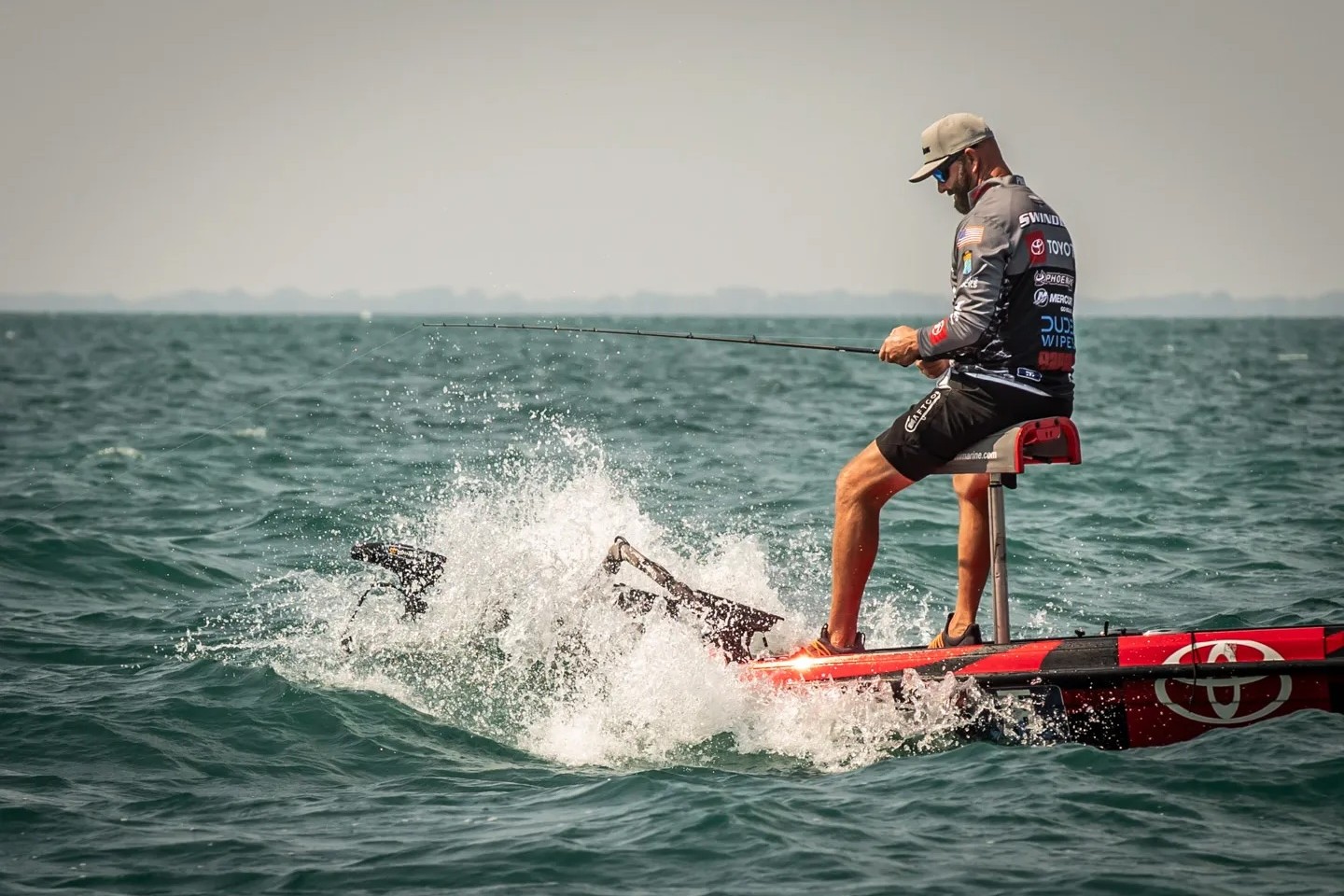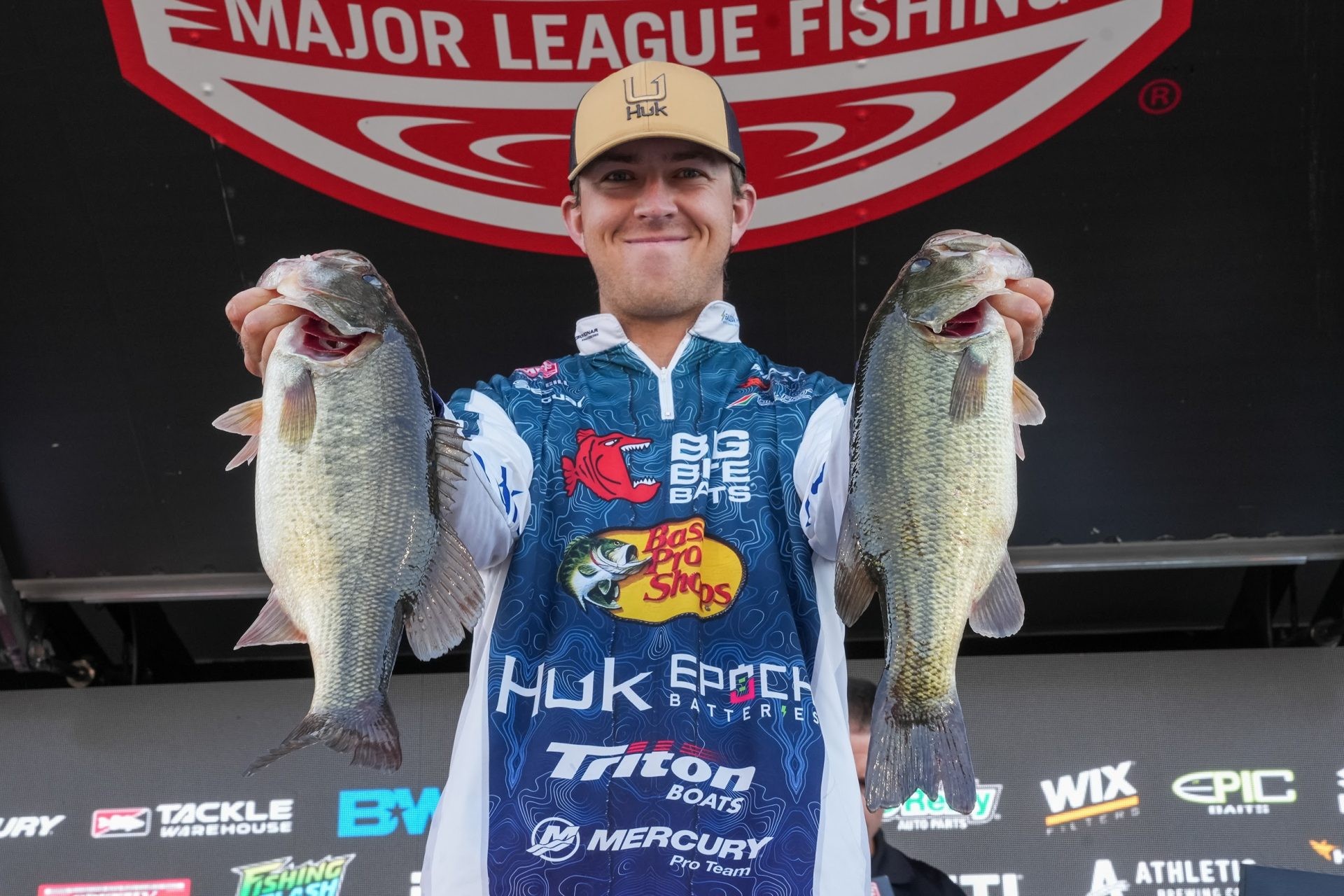Big Bass Tour – Berkley Lake Breakdown – Harris Chain
Carson Tells Anglers to Expect Shallow Giants at the Harris Chain
By Pete Robbins
A season-opening tournament on Florida’s Harris Chain of Lakes has become a ritual for the Big Bass Tour, and with good reason – not only is it a chance to start the season off in warm weather, but it usually produces some of our best weights of the year. In fact, over the last five years, we’ve had multiple fish over 10 pounds in four of them, including four in 2020. Last year was the only time in that period when we didn’t broach double digits, but that’s OK because a 9.99 pound beast topped a top 10 that required 8.80 pounds to squeak inside.
Despite recent cold weather that normally renders Florida-strain bass nearly uncatchable, there’s reason to believe that the chain is as healthy as ever and poised to spit out boatloads of monsters. During a recent college tournament, a team from Kentucky weighed in a five bass limit of 25-06 on Day One and five more for 36-07 on Day Two to claim the crown. They fished offshore shell beds with Texas Rigged and Carolina Rigged soft plastics. A team from Bethel University weighed in a 10-14 tagged largemouth for big fish honors.
While the winning pattern may have been offshore, that’s not where Florida pro Keith Carson would look first.
“There have been some cold fronts, but now there’s a warming trend,” he said. “Those college guys were fishing for pre-spawn females that were filling up with eggs. By the time this tournament starts, there should be spawners everywhere. If I were looking to catch one giant, I would go sight fishing and I’d fish other places shallow where I presumed they might be spawning.”
He thinks that the entire chain has the ability “to produce one over 12 pounds,” but noted that Lake Griffin consistently produces many of the biggest tournament-caught fish. When sight fishing he’d look slightly deeper for the bigger fish, around hydrilla, lily pads and buggy whips. He’d fish both a Texas Rigged black and blue 6-inch Berkley General and a Berkley Gilly for both fish he can see and those that he can’t see but suspects are there. If the nights are warm, he’d expect the fish to be in their best bedding areas at first light, but if they were a little bit colder he might wait until the sun gets up a bit and warms the water.
Fortunately, while many of the fish are moving away from the shell beds, “the offshore bite can be good year round,” Carson said. “If you were fishing for a five fish limit, you could still win that way, and it’s still a good way to catch a big one.” He’d probe the shell beds with a Carolina Rigged Berkley General or a Dredger crankbait if this was his preferred zone.
If you can’t find the bed fish, or don’t want to share the offshore bite, a third option is put a flipping stick on the deck and go to work. “You could stay on Harris,” Carson said. “There’s plenty of Kissimmee grass to flip. I’d put a Powerbait Crash Craw behind a half ounce weight and go to work.”
This tournament will take place over the course of three days, and on a fish factory like the Harris Chain no one is out of it until the last bass is weighed in. Hourly winners may be able to scrape by with smaller fish, but over the past five years it’s taken at least an 8.28 pounder to get a coveted spot in the top 10. You can’t expect to win with anything short of a double digit, and even then you’ll have competition, so bring your “A” game and explore the Harris Chain’s options.

















